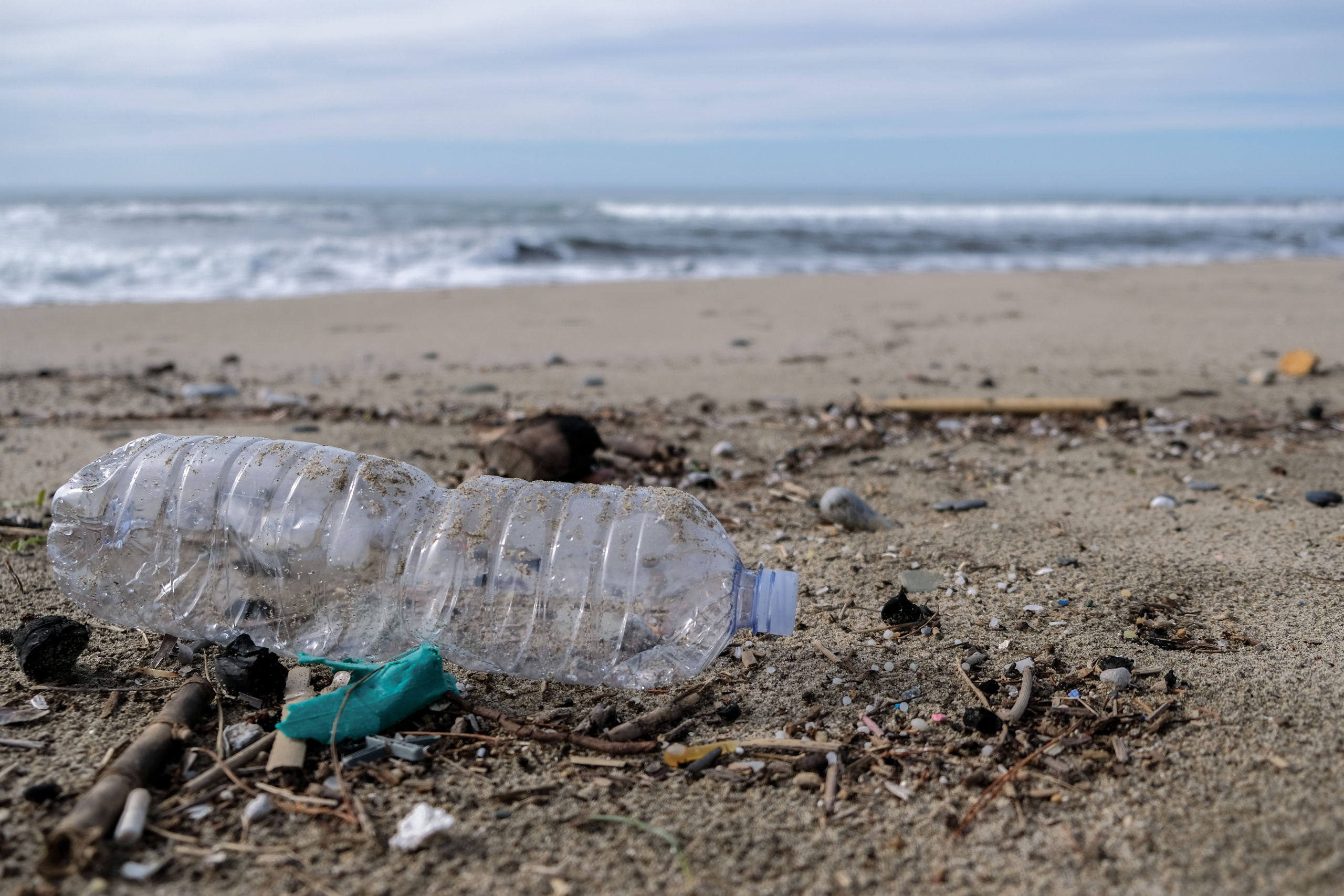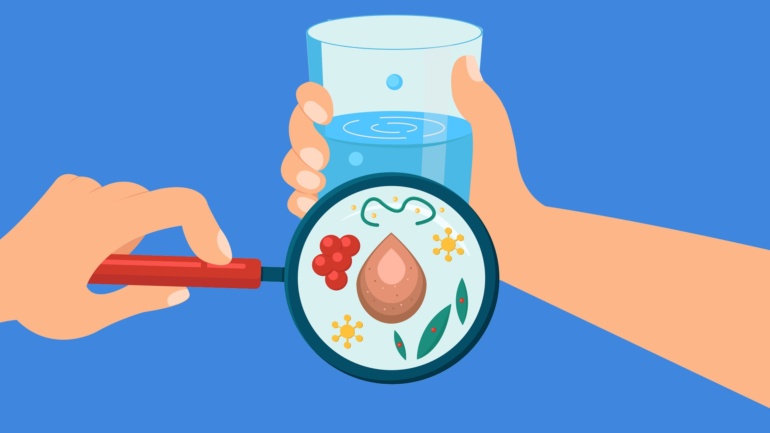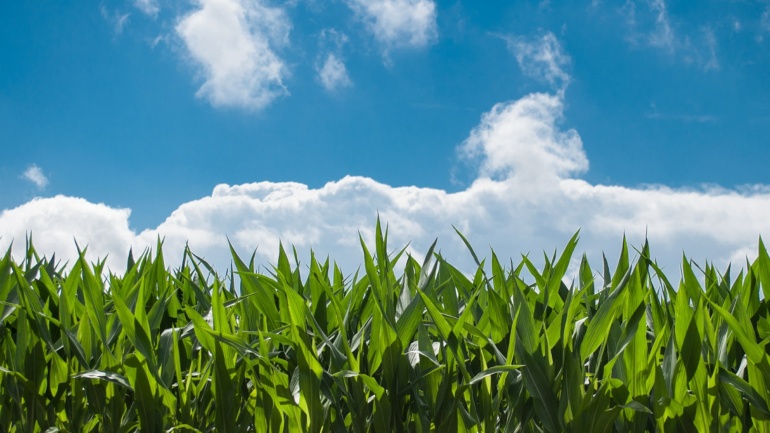By Samhar Almomani, Publishing Associate: Researcher and Writer at Save the Water™ | January 17, 2024
Plastic particles were always known to exist in bottled water, but the amount of plastic particles in bottled water has been underestimated. According to a new study published in the journal Proceedings of the National Academy of Sciences, a one-liter water bottle can contain more than 240 thousand plastic fragments on average.
Many of the microplastics discovered in this study had been previously undetected. This could mean that the health issues related to the presence of plastic particles in bottled water may have been undercounted. In fact, there had been a previous study that estimated that humans consume a credit card’s worth of microscopic plastics a week. Now, this seems to be a humble count.
Up until this point, researchers had to count microplastics present in water by hand. Thus, it took a long time to make any accurate determinations about the amount of microplastics in water. However, the new technique developed in this study was able to use Raman scattering microscopy. This, when combined with other computer algorithms, makes the process of counting the prevalence of microplastics in water easier.
Plastic is prevalent in our daily lives and can be found in almost every aspect of life. Microplastics are plastics that are smaller than 5 millimeters long. They can be formed in a number of ways. For example, the breaking down of larger pieces of plastic waste is a common source of microplastics that we end up ingesting. Microplastics can break down even further into nanoplastics, which are less than one micrometer in length.
How Do Microplastics Spread?
Unlike other organic matter, plastic does not break down into harmless pieces. While plastic does break down like other matter, the smaller plastic particles remain dangerous. Plastic particles in bottled water were first noted in 2018 after a study found an average of 325 particles per liter. Since then, estimates have grown larger.
Microplastics can also come from resin pellets and manufactured plastic beads. Resin pellets are used for plastic manufacturing, and manufactured plastic beads are used in some health and beauty products. In 2015, President Obama signed the Microbead-Free Water Act of 2015. This law aimed to ban plastic microbeads in cosmetics and personal care products.
With items varying from synthetic textiles to tires causing the spread of microplastics, it’s extremely difficult to eliminate microplastics. Therefore, it’s important to fully realize the scale of this public health emergency and act accordingly.
Health Hazards Caused by Microplastics and Nanoplastics
Due to the nature of their prevalence and small size, it’s difficult to avoid microplastics. The researchers that conducted the study said that 90 percent of the plastic particles found in bottled water were small enough to be considered nanoplastics. With that being said, why is it important to worry about avoiding microplastics and nanoplastics?
There are several health hazards that result from an overexposure to microplastics and nanoplastics:
- Aggravates the immune system, making us susceptible to disease
- Throws the body’s metabolism off-balance
- Results in cells self-destructing at times due to them detecting microplastics as a foreign agent
- May raise the risk of Parkinson’s disease
- Disrupts fetal development
- Results in harmful neurological outcomes
The full harmful effects of microplastics exposure is not fully understood yet. However, the information we currently have is enough to cause alarm. With chronic illnesses being a major public health concern, it’s essential to understand how microplastics may affect our bodies in harmful ways. In an article published by the American Chemical Society, experts expressed concern over how microplastics may be related to chronic illnesses.
Precautions to Take to Reduce Exposure to Plastic Particles
Although the task may seem difficult due to the prevalence of plastic particles, there are some steps you can take to reduce your exposure to these harmful particles:
- Use organic clothes made from organic materials
- Ensure that your washer is able to effectively catch microplastics
- Use single-use plastics as little as possible
- Look for plastic-free cosmetics to purchase
- Reduce or eliminate shellfish consumption
- Use public transportation or carpooling
- Avoid microwaving food in plastic containers
- Dust and vacuum on a regular basis
- Support and be vocal about sustainability policies
With the new technique allowing researchers to better determine the amount of plastic particles that exist, it may be possible to work towards reducing the prevalence of these plastic particles globally. The safest thing to do right now is to take measures to reduce your inevitable exposure to plastic particles.





